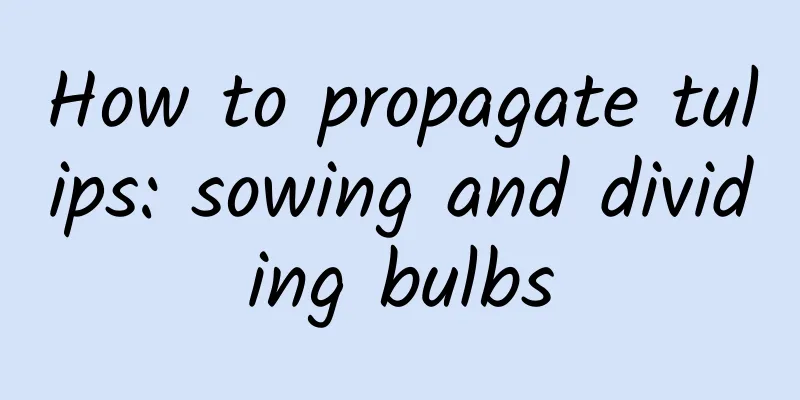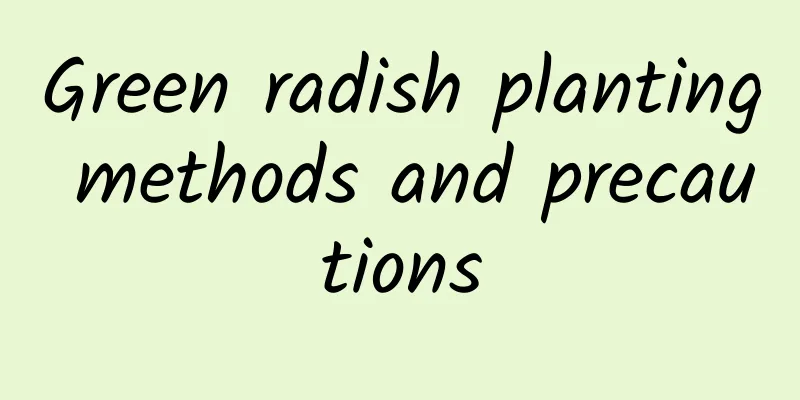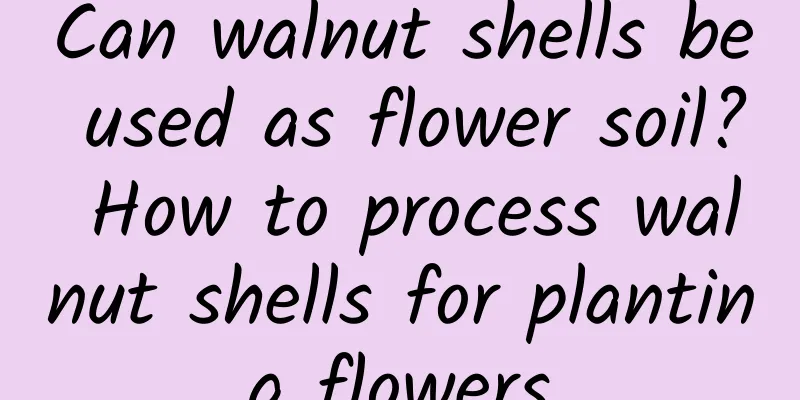Causes and treatments for hydrangea root suffocation

|
Hydrangea is a common ornamental flower with spherical flowers and rich colors. Many people like to grow this kind of flower plant, but in the process of growing hydrangeas , we may find that the hydrangea plants have not grown new buds for a long time, the leaves gradually turn yellow, and the overall growth state is not good. Then this is most likely that the hydrangea suffers from root suffocation. Let's talk about the causes and treatments of hydrangea root suffocation. 1. Reasons for hydrangea root suffocation 1. Poor soil drainage: Hydrangea prefers a humid environment, but is not adapted to soil with poor drainage. Long-term waterlogging will cause hydrangea roots to lack oxygen, leading to root suffocation problems. 2. Overwatering: Although hydrangeas prefer a humid environment, excessive watering will cause the roots to be too wet and cause root hypoxia. 3. The cultivation container is too small: If hydrangea is planted in a container, a container that is too small will restrict the growth of the root system and cause root suffocation problems. 4. Root damage: Excessive pruning or improper transplanting may cause damage to the hydrangea root system, affecting the absorption of water and nutrients. 2. How to deal with hydrangea root suffocation 1. Replace the soil with good air permeability: Transplant the hydrangea to soil with good air permeability. For example, adding vermiculite, perlite or peat can help improve the air permeability of the soil. 2. Improve soil drainage: Make sure the soil where you plant hydrangeas is well-drained to avoid waterlogging. You can set drainage holes at the bottom, or mix river sand or other materials into the soil to help improve soil drainage. 3. Control the amount of watering: adjust the amount of watering to avoid overwatering. During the high temperatures in summer, the frequency of watering can be increased or decreased according to the climate conditions. 4. Reasonable pruning: Avoid excessive pruning of hydrangeas to reduce damage to the root system. Moderate pruning in spring or autumn will help promote new growth. 5. Change to a larger planting container: If the hydrangea is planted in a container, consider transplanting it to a larger planting container to give the roots more room to grow. 3. Hydrangea cultivation method in summer 1. Avoid exposure to the sun: Hydrangea is a semi-shade flower. If the light is too strong in summer, the leaves of the hydrangea will turn yellow and burn, affecting the quality of flowering. Especially during high temperatures, its flowers will fade quickly. If you want it to bloom beautifully, you must shade it. 2. Avoid lack of water: Summer is the peak flowering period for hydrangeas, and you must ensure that they lack water during this period, because they are not drought-tolerant and prefer a humid environment, but are also afraid of waterlogging and root rot. After all, hydrangeas have fleshy roots. Besides, summer is its growth and flowering period. Wilting leaves due to lack of water is a minor matter; it is the flowers that are damaged. 3. Avoid continuous rain: There is more rain in summer. Although rain is rich in minerals, hydrangeas should not be exposed to heavy rain for a long time, or if they are exposed to rain for consecutive days, you will find that the flowers of hydrangeas will slowly rot after the heavy rain. 4. Avoid applying raw fertilizers: Do not apply raw fertilizers to hydrangeas in the hot summer, especially during the high temperature period. Never bury cake fertilizers or unfermented substances in hydrangea pots. Be careful that the fermentation of high-temperature substances will damage the plant roots and cause pests and diseases, which will also pollute the air. 5. Well-ventilated environment: Hydrangea is a relatively easy-to-grow potted flower, requiring relatively extensive management and with few diseases and pests. However, summer is hot after all. If the environment around the potted plants is stuffy and not ventilated, the hydrangea will suffer from aphids, leaf spot diseases, etc., causing the branches and leaves to wither and affecting flowering. 6. Adjust the acidity of the soil to change the color of the flowers: If you want to see different colors of hydrangeas in summer, we can add acidic water to it and adjust the acidity of the soil to make its flowers change to pink, blue, etc. Because the color of hydrangea flowers changes with the pH of the soil, when it grows in acidic soil, the flowers will be blue, and when the soil in the north is alkaline, the flowers will be red. That’s it |
<<: How to grow lotus in winter and how to repot it in the second year
>>: How to prune Crinum japonicum? Can the leaves be cut in winter?
Recommend
What should I do if Huayuejin grows too tall?
Causes of the growth of Huayuejin Insufficient li...
What is Chinese cabbage?
What is Chinese cabbage? Chinese cabbage is a lea...
Daisy Flower Language
1. Naivety The appearance of daisy is fresh and p...
What is the matter with the dry tip of violet
1. Improper application of potassium fertilizer (...
Can Milan flowers be placed in the bedroom?
Is it poisonous? Milan flowers are not poisonous....
Pinch off a branch and throw it into the water, and a miracle will happen.
Jasmine in water Procedure There is a pot of jasm...
What to do if the five-color plum grows too tall
The reason why the five-color plum grows too long...
How to grow succulent plants Lianshan peony
Living habits of Lianshan peony The succulent pla...
Where do rice seeds come from?
Where do rice seeds come from? Paddy rice seeds a...
Where is the best place to plant jackfruit?
Jackfruit planting area Generally, jackfruit grow...
Can the yellowing leaves of the Chinese evergreen bean bean be saved?
Improper watering Chinese evergreen likes a humid...
Cultivation methods and precautions of hydroponic white palm
1. Container Generally, a medium-sized fish tank ...
When is the best time to take cuttings of camellia?
Camellia cutting time The best time for camellia ...
Best time to plant blueberries
The best time to grow blueberries is from October...
The breeding method of the genus Pleurotus
1. Lighting When growing a genus Pleurotus eryngi...









